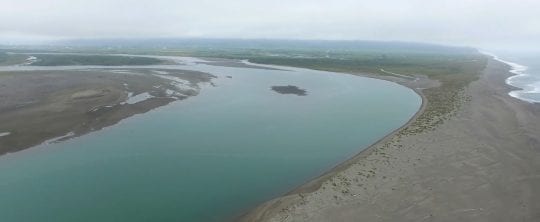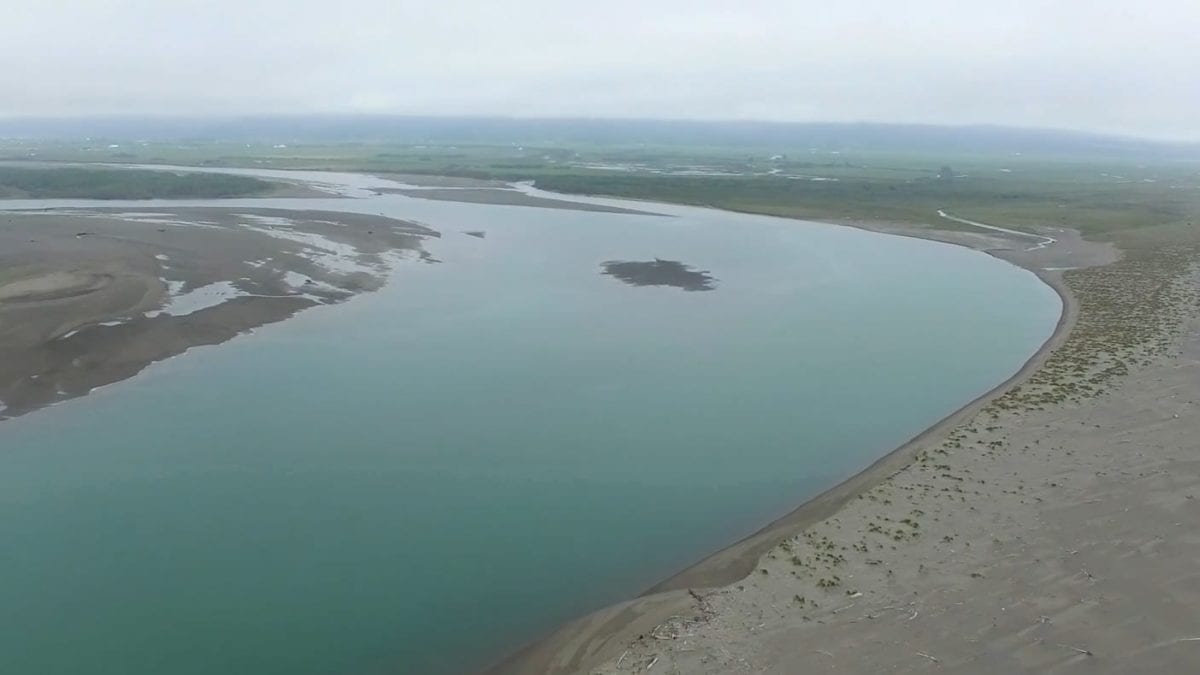Grants awarded for Eel River estuary restoration

CalTrout has been working for several years with The Wildlands Conservancy and other partners to revive the degraded Eel River Estuary. We are excited to announce that more than $5 million was recently approved to fund its restoration– $1.5 million approved by the Coastal Conservancy and $4.87 by the Wildlife Conservation Board. The goals of the Eel River Estuary and Centerville Slough Enhancement Project are to restore tidal marsh lands and improve native fish access to quality habitat, while protecting and enhancing the agricultural productivity of some of California’s richest farmland.
Approximately 85 percent of the tidal marsh in Humboldt Bay and the Eel River Delta has been lost since the Gold Rush, leading to dramatic losses of fish and wildlife, worsened water quality, and increased turbidity in the Bay. As the Estuary shrank in size, the natural flood control benefits it gave the surrounding communities were lost as well, leading to an increase in the need for dredging.
Historically, the Eel River was a major salmon and steelhead producer with runs estimated to exceed a million adults (~800,000 Chinook, ~100,000 Coho, ~150,000 steelhead) during the best years. Estuaries provide important habitat for juvenile rearing and fish passage moving between freshwater and ocean. The damaged Eel River estuarine conditions and lost habitat resulted in severely depressed native fish populations over the last several decades. Today, fall-run Chinook and steelhead runs fluctuate between 1,000 and 10,000 adults; Coho likely number less than 2,000 adults annually.
The site of the project is the Eel River Estuary Preserve, formerly known as Connick Ranch. The Wildlands Conservancy acquired the land in 2008 with a goal to restore the wetland system and provide public access to the scenic area.
For more on CalTrout’s Eel River estuary restoration work, check out our short video below:
Eel River- Return To Abundance Plan – Part I: Estuary Restoration from California Trout on Vimeo.
CalTrout is taking a headwaters to estuary approach to restoration in the Eel River watershed. In Part I of this four-part series, we look at the Eel River Estuary and our work, in partnership with The Wildlands Conservancy, to help the degraded estuary by restoring tidal marsh lands and passage into tidal slough channels. Doing so will provide salmon and steelhead high-quality rearing habitat where they can grow big and strong before entering ocean.





